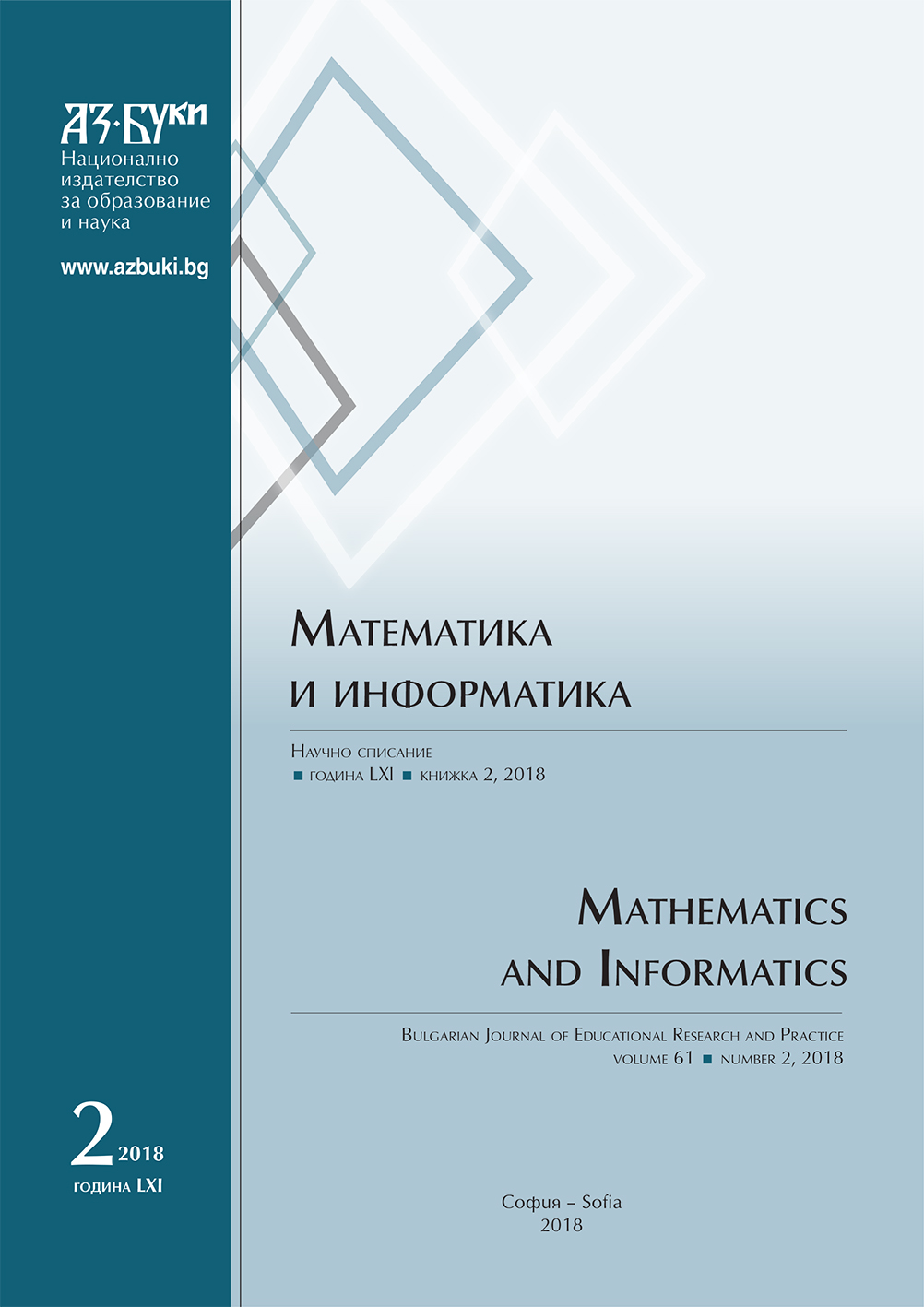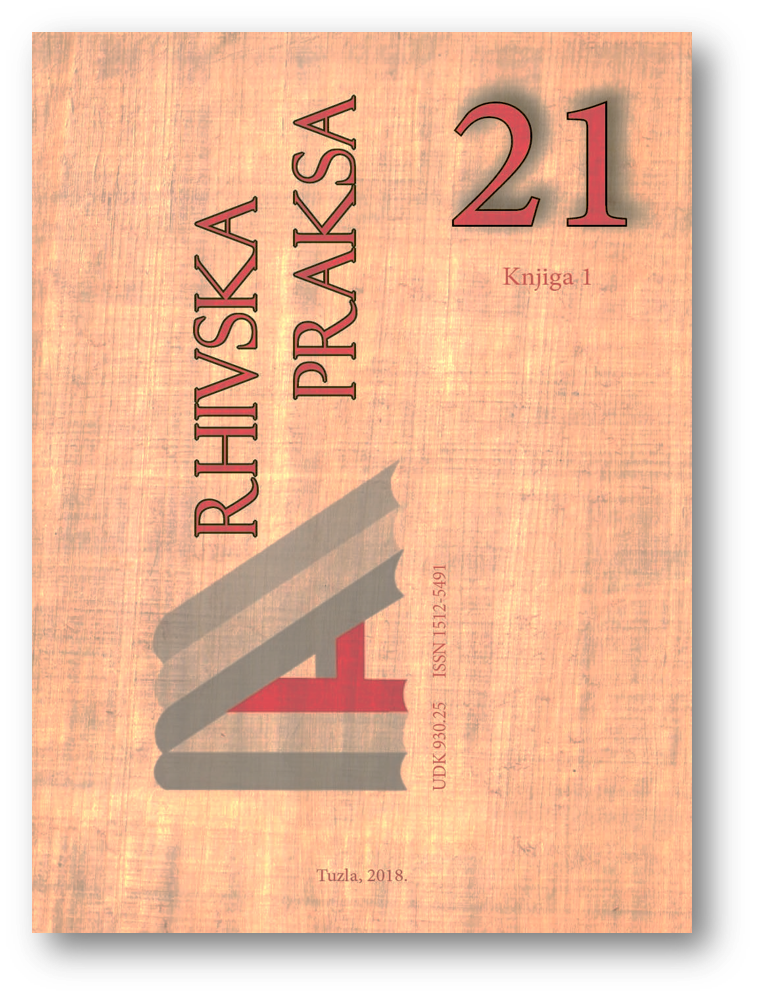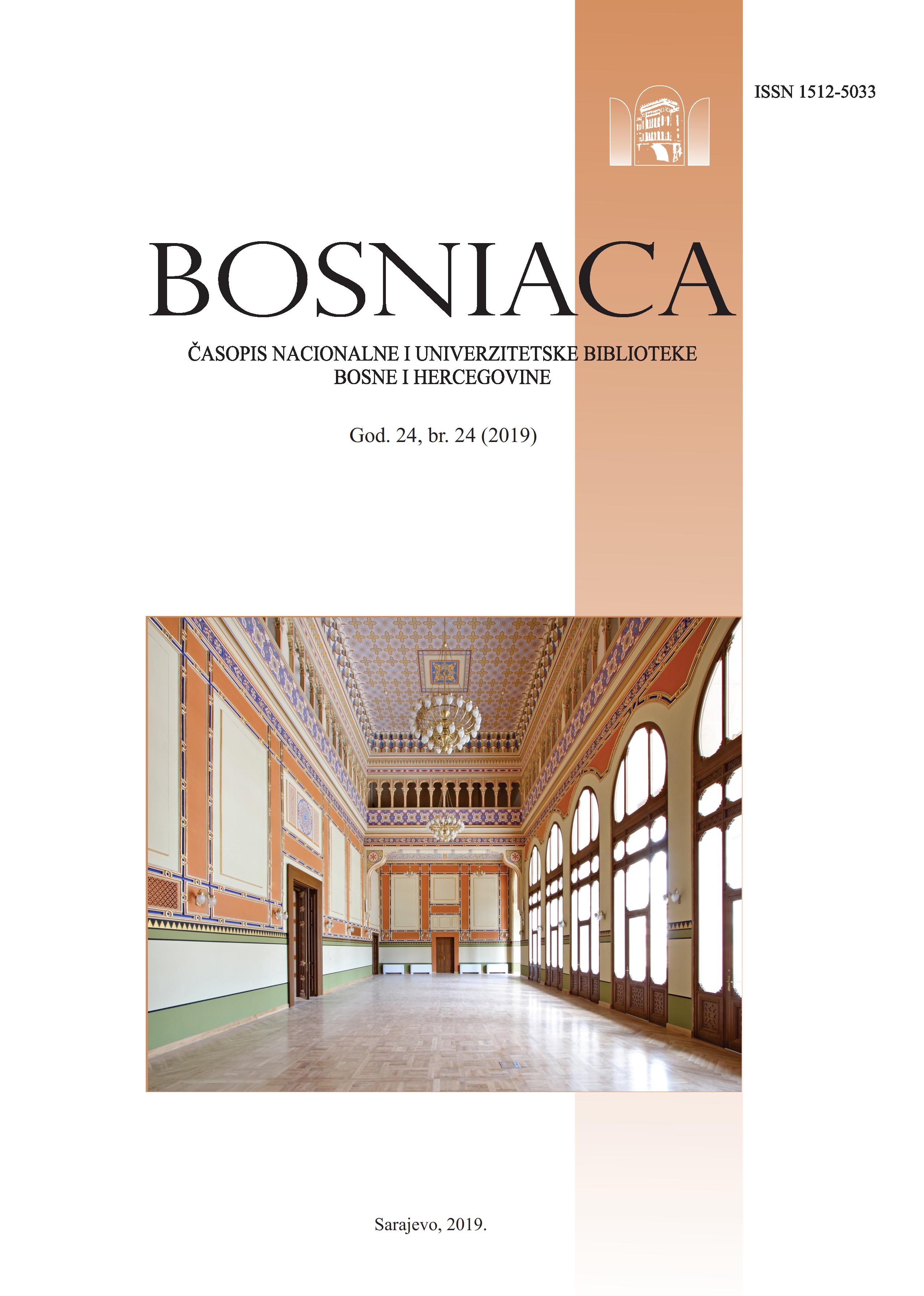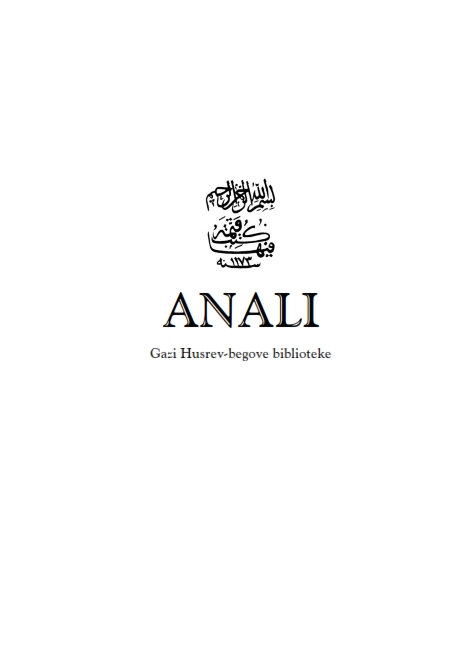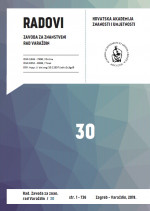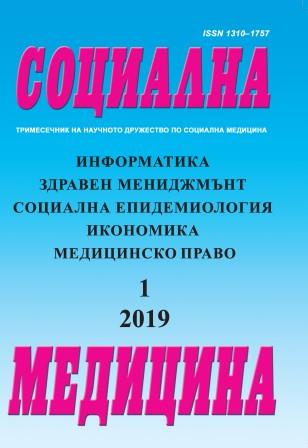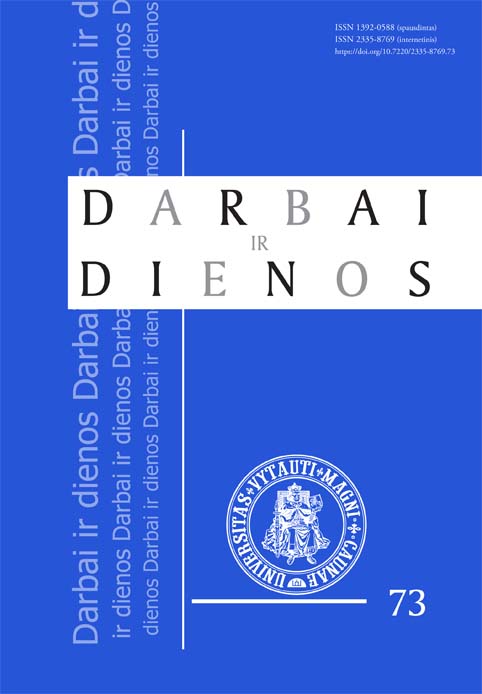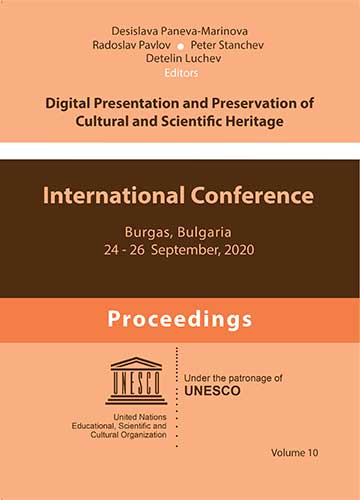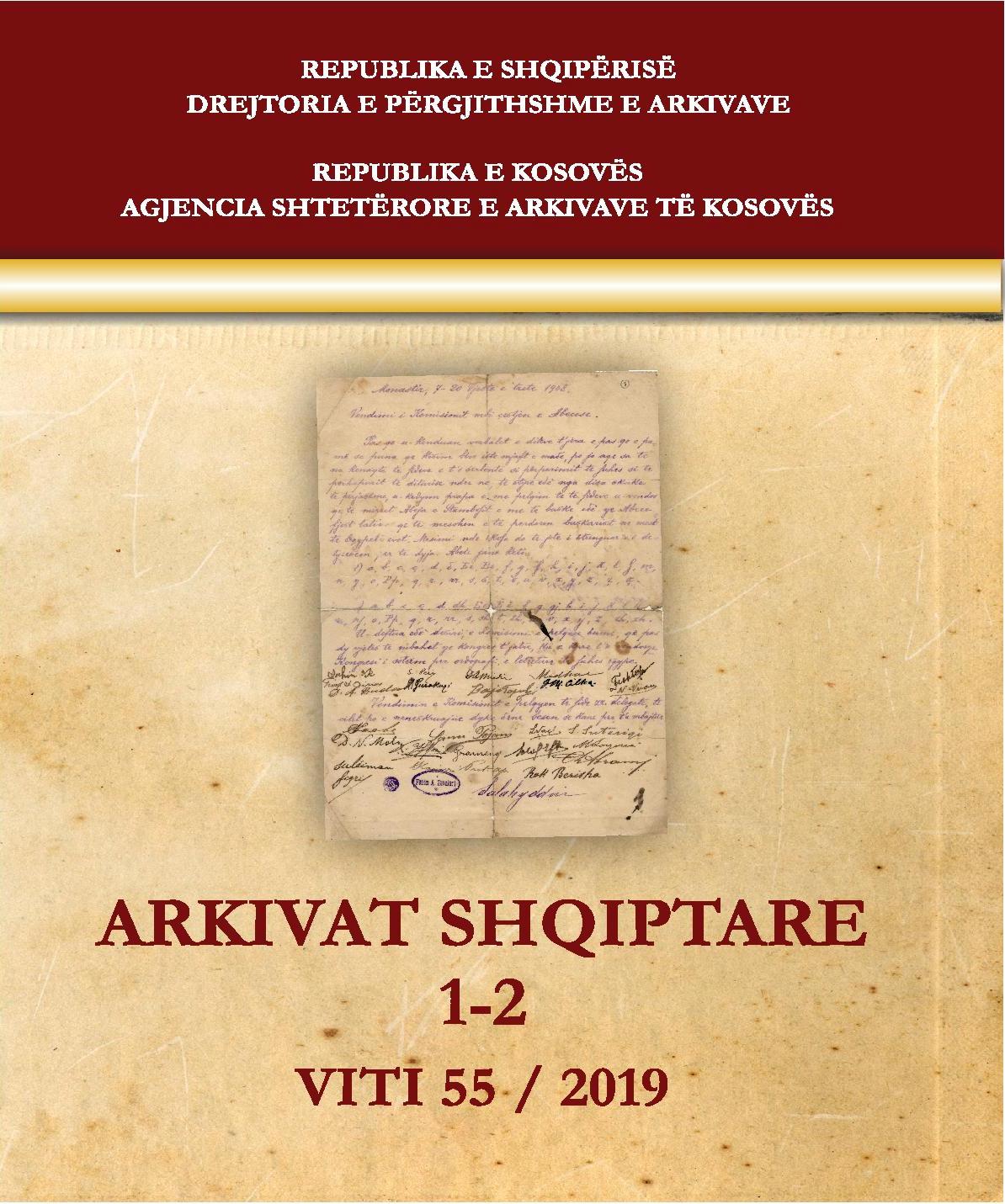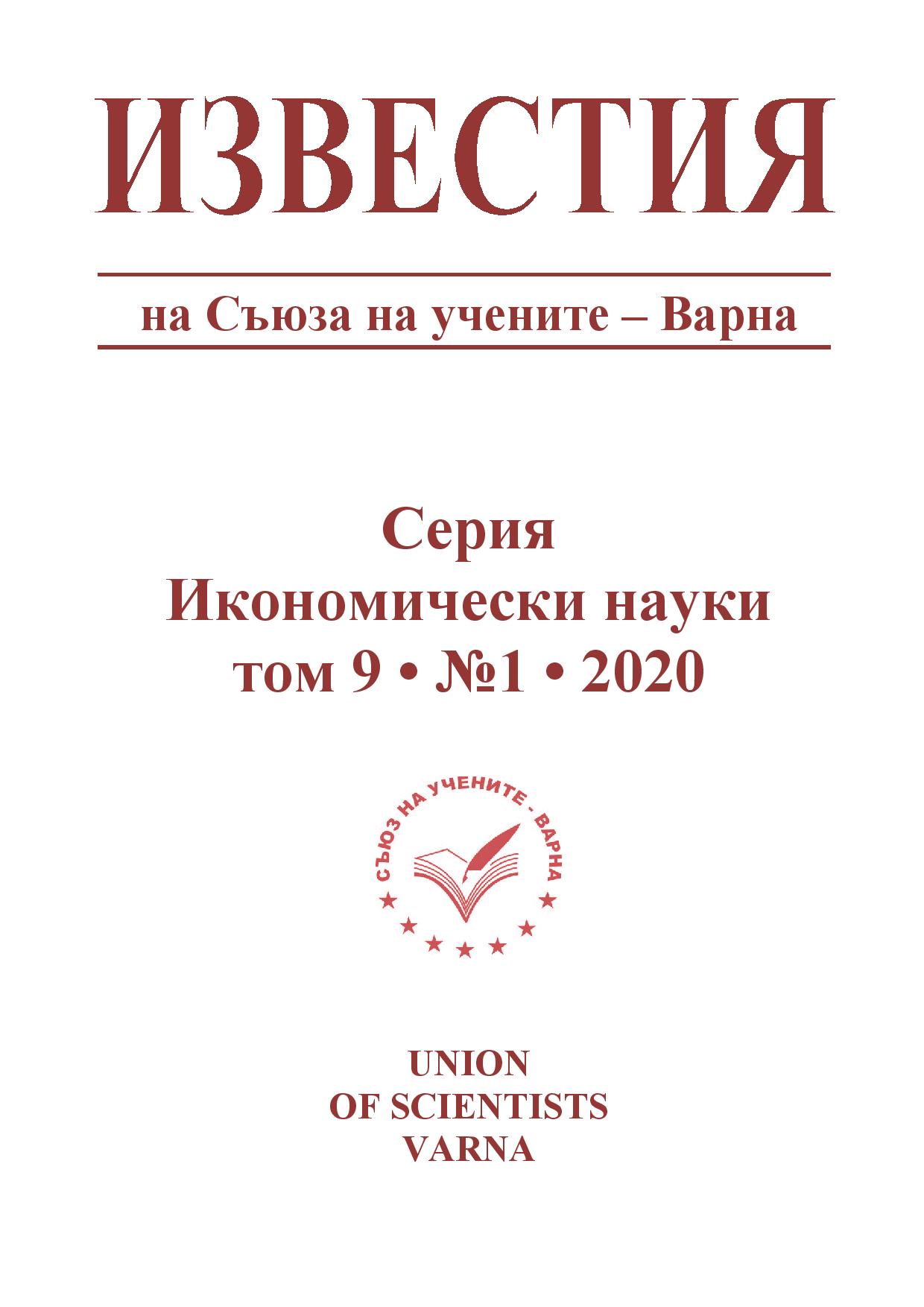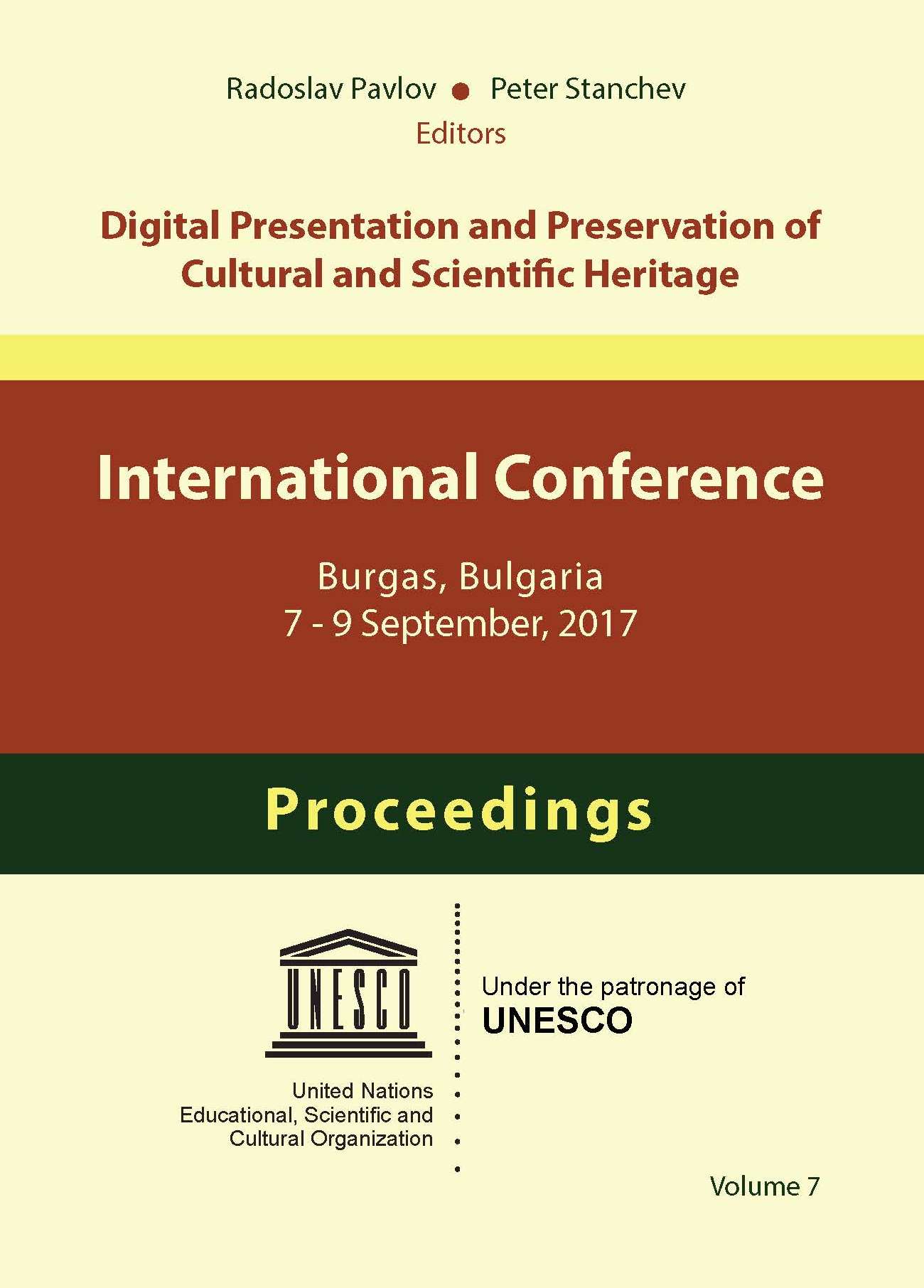
Accession of Unstructured File Collections
Unstructured file collections will keep archives increasingly busy, as the digitisation of the workplace as well as the private correspondence proceeds. But the archiving of this kind of data requires a lot of time and personnel. startext COMO is a software tool that helps to organize and evaluate unstructured file collections.
More...
